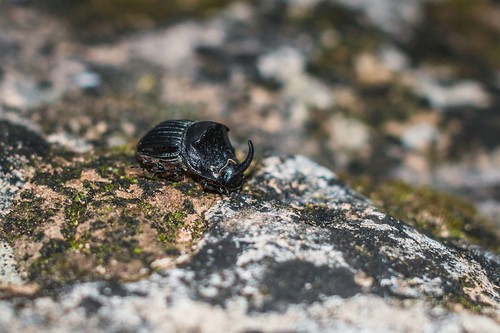onatal saliva’ formulations were applied to evaluate in vitro the bactericidal activity of mixtures of breast milk and simulated neonatal saliva. Saliva was collected from Hemin adults, heat-inactivated, sterilised by filtration, then supplemented with bases and/or nucleosides. The saliva concentrations of hypoxanthine (HX), xanthine (X), inosine, adenosine, guanosine, uracil and uridine were 27, 20, 11, 12, 7, 5.3 and 12 M respectively. Saliva Handle Full supplement except X&HX Complete supplement Full supplement + oxypurinol No supplements inosine, adenosine, guanosine, uracil, uridine hypoxanthine, xanthine, inosine, adenosine, guanosine, uracil, uridine hypoxanthine, xanthine, inosine, adenosine, guanosine, uracil, uridine, plus oxypurinol (100 M) Supplements saliva they can be salvaged by gut apical cells to form nucleotides: it has been reported that rapidly growing tissues including intestinal epithelium cells lack significant capacity for de novo synthesis of nucleotides and require exogenous sources of purine and pyrimidine bases and nucleosides [21]. In the case of the nucleobase uracil, which was grossly raised in the saliva of human neonates and the animals surveyed, mammalian cells cannot salvage this to form pyrimidine nucleotides, but uracil can be utilised by commensal bacteria [2]. Similarly, deoxy-nucleosides are generally not salvaged by mammalian cells, but uniquely horse saliva contained 100 M deoxy-nucleosides, which have been low or undetectable in most of the other mammals, perhaps pointing towards a specific role for uptake of deoxy-nucleosides by oral or gut bacteria in horses. This demonstrated that species-specific mechanisms for nucleotide salvage exist. These differences in saliva are echoed in milk itself where, for example, bovine milk has high concentrations of orotic acid [22] as a source of pyrimidine for suckling calves, whereas human milk does not contain orotic acid but uridine as the pyrimidine source for neonates [23]. Interestingly, the raised orotic acid that we observed in several neonatal salivas was able to be correlated with bottle-feeding of the neonates with formula (bovine) milk.
Our kinetic studies of breastmilk XO in situ within milk fat globules found an apparent Km for hypoxanthine of 12.8 2.1 M, which was comparable with published values for the purified enzyme with hypoxanthine (Km = 8 M) [24] or xanthine (Km = 18 M) [25] as substrate. The dose-dependent inhibition of H2O2 formation in breastmilk treated with oxypurinol was consistent with its action as a specific inhibitor of XO [26], and confirmed that XO was responsible for the H2O2 production observed for the peroxidase assay. This was important for the design and interpretation of subsequent studies of bacterial inhibition by milk-saliva 17764671 mixtures. Within the liver and small intestine, the major sites for xanthine oxidoreductase activity in mammals (aside from milk),  the enzyme is in the form of xanthine dehydrogenase (XDH), however extracellular xanthine oxidoreductase is thought to exist solely as XO, e.g. cellular XDH is transformed to plasma XO by serum proteases while in other tissues the transformation is thought to be the result of oxidation of critical amino acids within the enzyme. Milk contains high amounts of proteases [27], and it has been suggested that these may be responsible for XO as the dominant form in milk [10].
the enzyme is in the form of xanthine dehydrogenase (XDH), however extracellular xanthine oxidoreductase is thought to exist solely as XO, e.g. cellular XDH is transformed to plasma XO by serum proteases while in other tissues the transformation is thought to be the result of oxidation of critical amino acids within the enzyme. Milk contains high amounts of proteases [27], and it has been suggested that these may be responsible for XO as the dominant form in milk [10].
Perhaps unsurprisingly, XO activity was undetectable in infant milk formula, indicating that the preparation, process